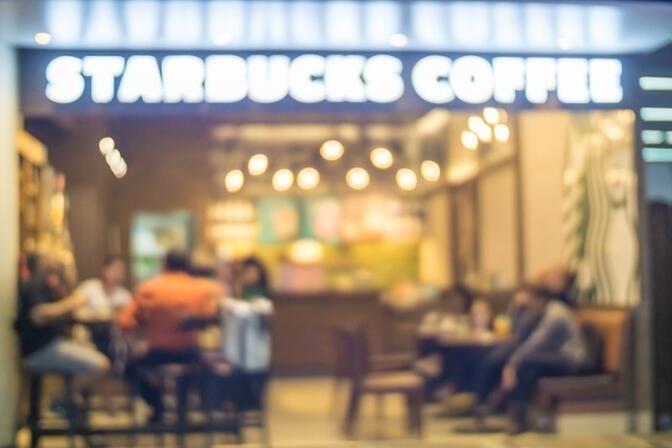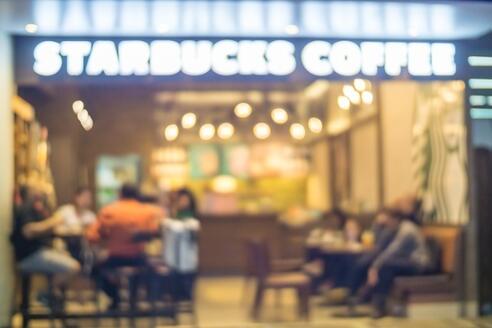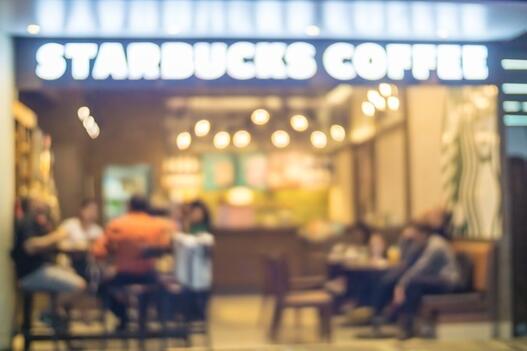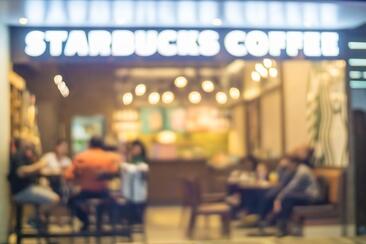We’ve been interacting—whether subconsciously or not—with the third space for much longer than we may have realized.





In 1989, urban sociologist Ray Oldenberg first published The Great Good Place and identified a growing need for a destination that was neither the comfort of our home, or the familiarity of our workspace, but instead offered both a sense of community and respite from the clamor of our daily lives. Known as the third space, Oldenberg argued that bars, coffee shops, and salons offer like-minded people a welcoming space to cultivate fundamental social experiences.
Fast forward a couple of decades and our need for a comfortable home away from home is just as strong. Capitalizing on our need for the third space in our lives, select organizations have learned how to successfully build a community around their brand, and subsequently create a space that is synonymous with our culture.
Creating the ultimate community brand experience
Starbucks’ CEO Howard Schultz has had a monumental task maintaining the coffee phenomenon that took over Instagram accounts around the world. Like all great innovators, he created something we didn’t really know we needed until we had it, and one part of the brand’s global success can be traced to its use of third-space branding.





Starbucks has always been vocal about its desire to be a third place for its customers. Surpassing commodity status and offering us space—not just a product—in which we can read our Kindles, work on our Macs, or post location updates in everyday comfort, Starbucks fills a psychological need that other coffee companies can not do in quite the same way. But how?
Starbucks managed to create a global brand identity that feels the same everywhere and yet remains distinctive on a singular outlet level. The coffee giant’s brand values are the same as the day they were founded: to inspire and nurture the human spirit—one person, one cup, and one neighborhood at a time, and they place great emphasis on being good neighbors. Every store is part of, and contributes to, a local community.
Serving as a locally relevant cultural hot spot, each branch is designed with its neighborhood in mind. Along with the familiar intoxicating aroma of shade-grown java; free wifi, and an instantly recognizable logo, Starbucks relies on an ability to appeal to customers by designing stores that are locally relevant but consistent in their brand design.
They do so by first connecting their brand DNA with the store’s location—including its history, coffee culture, and inhabitants. Take, for example, the Vigo Street branch in London. The store echoes the local neighborhood by featuring distinctly British fabrics that reference Savile Row and celebrate many of the buildings original features to create a fundamentally local community space.
Finally, Starbucks created a third space that is a comfortable and welcoming neutral ground. Soft music, muted or calming colors, and cozy furniture coupled with excellent customer service creates the perfect place where friends, colleagues, and family can meet, and in doing so, connect with the brand.
To learn more about building a globally-recognized brand at the heart of modern culture, download our free white paper today.

















